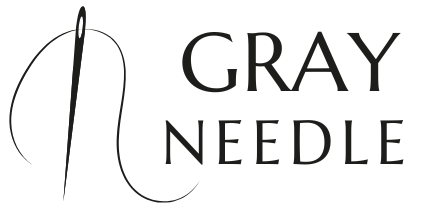When embarking on a sewing project, understanding color theory is essential for selecting the right thread colors that will complement your fabric beautifully. Color theory encompasses the principles of how colors interact, combine, and create moods, which can significantly affect the overall look of your finished piece.
To start, familiarize yourself with the color wheel, which displays primary, secondary, and tertiary colors. This tool is invaluable in understanding how colors can work together:
- Complementary colors are those that are opposite each other on the wheel, such as blue and orange. Using these can create striking contrasts.
- Analogous colors sit next to each other on the wheel, like blue, green, and teal. These colors harmonize well, providing a more subtle effect.
- Monochromatic schemes involve using various shades and tints of a single color, allowing for a cohesive and sophisticated appearance.
Additionally, consider the temperature of colors—warm colors (reds and yellows) evoke feelings of warmth and energy, while cool colors (blues and greens) promote calmness and relaxation. This can help in determining the mood you want to convey through your sewing projects.
By mastering these fundamental aspects of color theory, you can elevate your sewing skills and enhance the aesthetic quality of your creations. Visit our website to learn more and get started today! Click here.
Choosing the Right Thread for Your Fabric
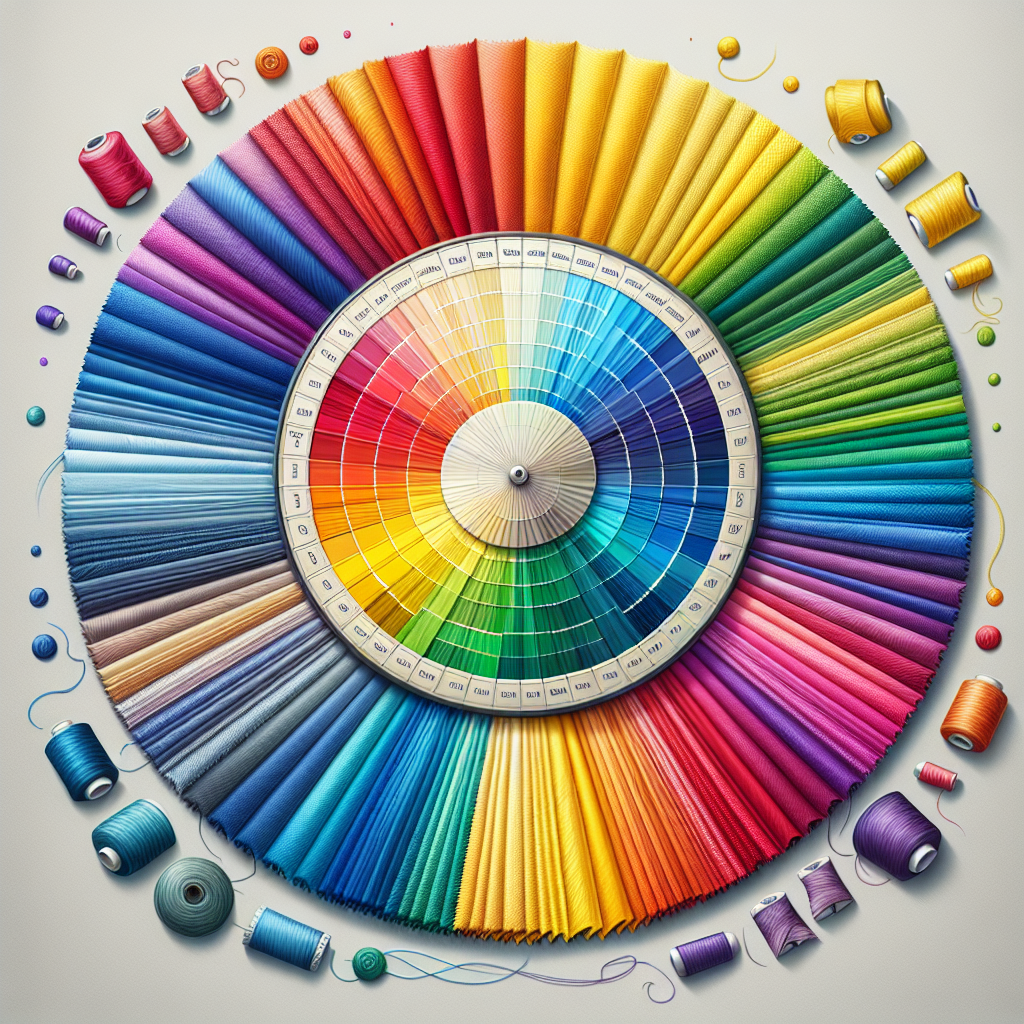
Selecting the right thread for your fabric is a crucial step that can significantly impact the quality and appearance of your sewing projects. Different fabrics have unique characteristics that require specific types of thread to ensure durability, ease of use, and a polished finish.
Here are some key considerations when choosing thread:
- Fabric Weight: Heavier fabrics like denim or canvas require thicker threads, while lighter fabrics such as silk or chiffon work best with finer threads. Matching the thread weight to the fabric weight helps maintain the integrity of your project.
- Thread Material: The type of thread material can also influence your choice. Cotton thread is great for natural fibers, while polyester thread is more versatile and holds up against wear and tear. For stretch fabrics, consider using a specialty thread designed for elasticity.
- Finish and Texture: The finish of the thread can affect the overall look of your project. For instance, using a glossy thread can enhance the appearance of formal garments, while a matte thread may be better suited for casual wear.
Finally, always consider the thread’s strength and the intended use of your project. For items that will experience a lot of stress, such as seams on garments, choose a high-strength thread to ensure durability.
By taking the time to choose the right thread for your fabric, you can achieve a professional look and ensure that your sewing projects withstand the test of time.
Tips for Matching Thread Colors with Patterns
Matching thread colors with patterns can be both exciting and challenging for sewing enthusiasts. Achieving a harmonious look requires an understanding of color theory, as well as an eye for detail. Here are some effective tips to help you master this skill:
- Identify Dominant Colors: Start by examining the fabric pattern to identify the dominant colors. Focus on the hues that stand out the most, as these will guide your thread selection. Choose a thread color that matches or complements these dominant shades.
- Use a Color Wheel: A color wheel can be an invaluable tool when selecting thread colors. Look for complementary colors (those opposite each other on the wheel) or analogous colors (those next to each other). These combinations can create a visually appealing contrast or a seamless blend.
- Test Swatches: Before making your final decision, test thread colors against swatches of your fabric. This will allow you to see how the thread interacts with the pattern and lighting. Sometimes, colors may look different in various lighting conditions, so it’s essential to check in natural light as well.
- Consider the Scale of the Pattern: The scale of your fabric pattern can also influence your thread choice. For large patterns, opt for bolder thread colors that won’t get lost among the design. Conversely, for intricate or small patterns, choose thinner threads in more subtle hues to avoid overwhelming the fabric.
By applying these tips, you can confidently select thread colors that enhance your patterns and elevate the overall aesthetic of your sewing projects.
How to Test Thread Colors Before Sewing
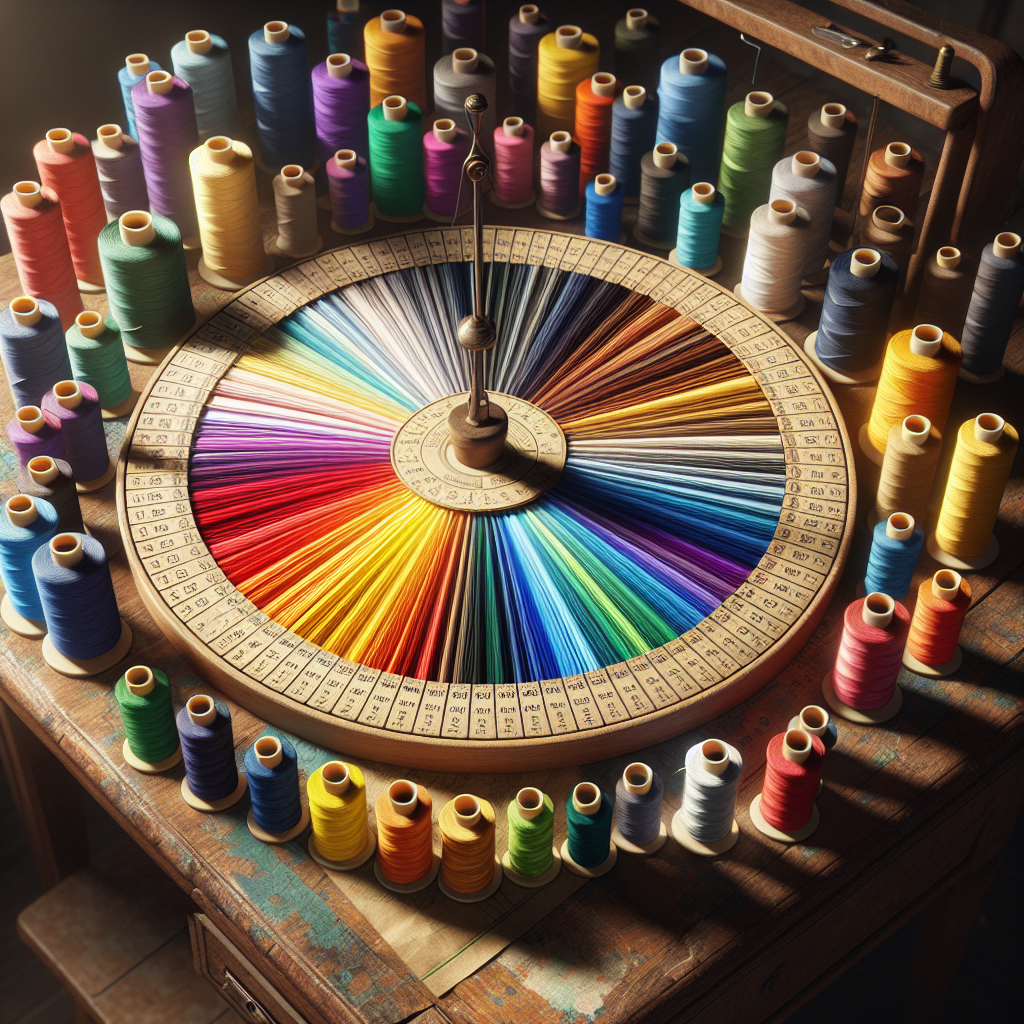
Testing thread colors before sewing is a crucial step that can make a significant difference in the final outcome of your project. The right color can enhance your fabric’s beauty, while the wrong choice can detract from it. Here are some simple yet effective methods to help you test thread colors:
- Use Fabric Scraps: Before committing to a thread color, use scraps of the same fabric you plan to sew. Stitch a small sample using the thread color you’re considering. This will give you a clear idea of how the color looks against the fabric.
- Thread on the Bobbin: If you’re unsure about a color, try winding it onto a bobbin and sewing a few stitches. This allows you to see the thread’s appearance when it’s actually sewn, revealing how it interacts with the fabric and the overall pattern.
- Natural Light Testing: Lighting can greatly influence how colors appear. Always test your thread colors in natural light, as artificial lighting can alter the perception of color. Take your fabric and thread outside or near a window to see how they look in daylight.
- Compare with Other Colors: Lay out multiple thread options side by side with your fabric. This will allow you to compare how each thread interacts with the fabric. Sometimes, a color that seemed perfect may not look as good when placed next to another thread.
By taking the time to test thread colors before sewing, you can avoid costly mistakes and ensure that your finished projects look polished and professional.
Using Color Swatches to Match Threads Accurately
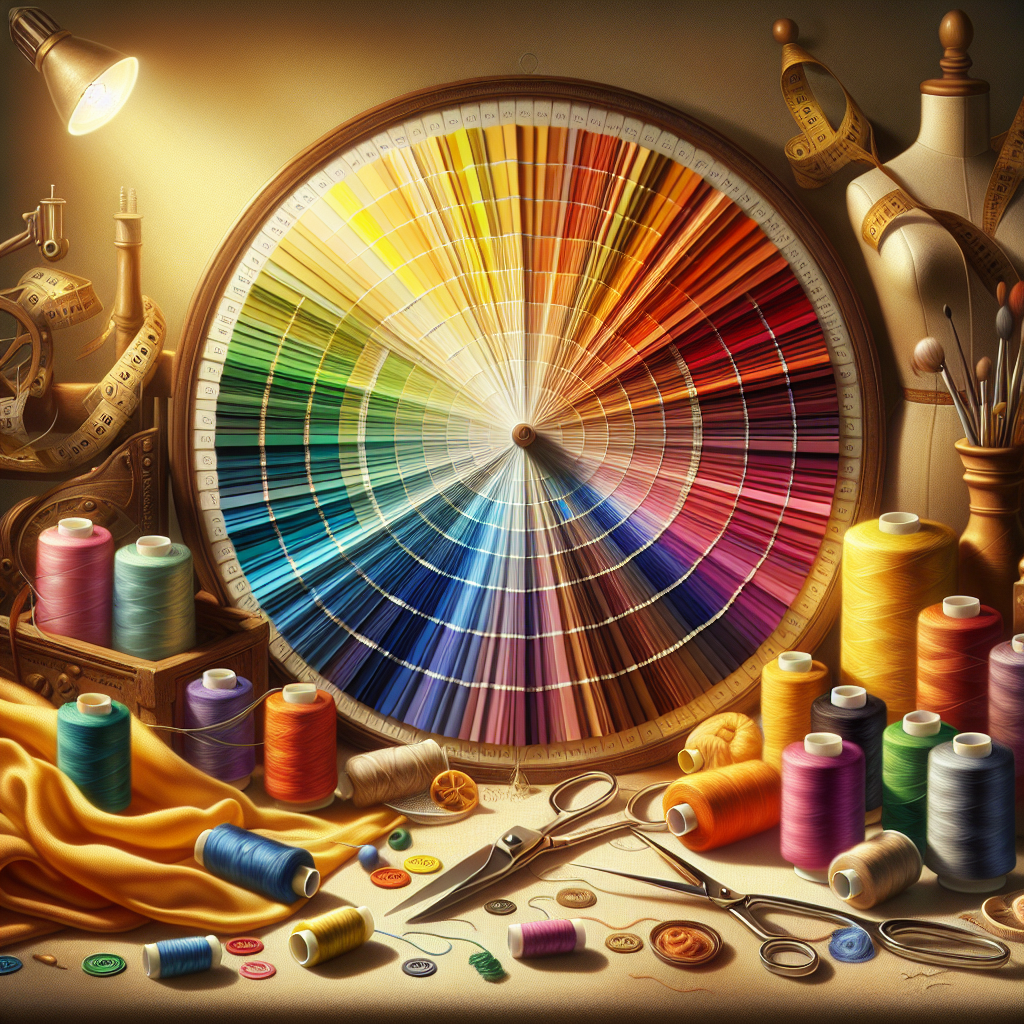
Utilizing color swatches is an effective technique for achieving accurate thread color matches in your sewing projects. Color swatches allow you to visualize how different thread colors will complement or contrast with your chosen fabric. Here are some tips on how to effectively use color swatches:
- Invest in a Color Swatch Book: Many fabric stores offer color swatch books that include a wide variety of thread colors. These books can be an invaluable resource, allowing you to see and compare colors in one place. Keep one handy for quick reference!
- Make Your Own Swatches: If you can’t find a suitable swatch book, consider creating your own. Cut small pieces of fabric from your projects and pair them with corresponding thread colors. This personalized swatch collection will help you remember which colors work best together.
- Utilize Online Color Tools: There are numerous online tools and apps available that can help you match colors accurately. These tools allow you to upload a photo of your fabric and suggest thread colors that complement it. This can be especially useful when shopping online.
- Consider Different Fabric Textures: Remember that thread color can appear differently depending on the texture of your fabric. Make sure to test your thread against various fabric textures to see how the color changes. A thread that looks perfect on a smooth fabric may not have the same effect on a textured one.
By using color swatches effectively, you can achieve a professional finish in your sewing projects. Take the time to explore different options and choose the threads that will truly elevate your work.
Expert Advice on Thread Color Combinations
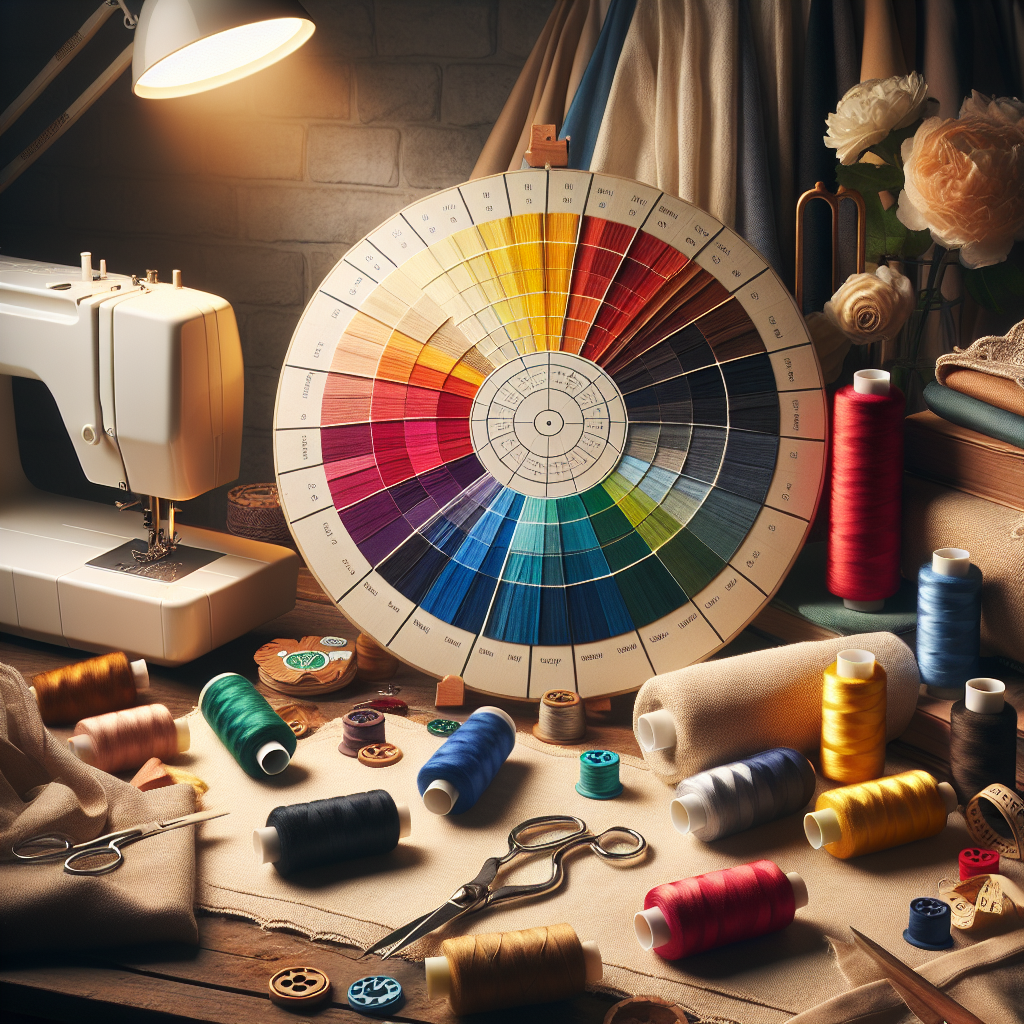
When it comes to choosing thread color combinations, expert advice can be immensely helpful in making your sewing projects stand out. Here are some valuable tips from seasoned sewing enthusiasts:
- Understand the Color Wheel: Familiarizing yourself with the color wheel can be a game-changer. Complementary colors (those opposite each other on the wheel) create vibrant contrasts, while analogous colors (those next to each other) provide a more harmonious look. Use these principles to guide your thread choices.
- Experiment with Shades and Tones: Don’t be afraid to play around with different shades and tones of a single color. For example, using a dark blue thread on a light blue fabric can add depth to your project without overwhelming it. This technique can create subtle yet striking effects.
- Consider the Overall Mood: The colors you choose can significantly influence the mood of your project. Bright, bold colors may evoke a sense of energy and excitement, while softer pastel colors can convey calmness and tranquility. Keep the intended mood in mind when selecting your thread colors.
- Seek Inspiration from Nature and Art: Nature is full of color inspiration. Look at flowers, landscapes, or even artwork for beautiful color combinations. Taking cues from the natural world can lead to unique and breathtaking thread color pairings.
By following these expert tips on thread color combinations, you’ll be able to enhance your sewing projects with stunning and professional finishes. Visit our website to learn more and get started today! Click here.
